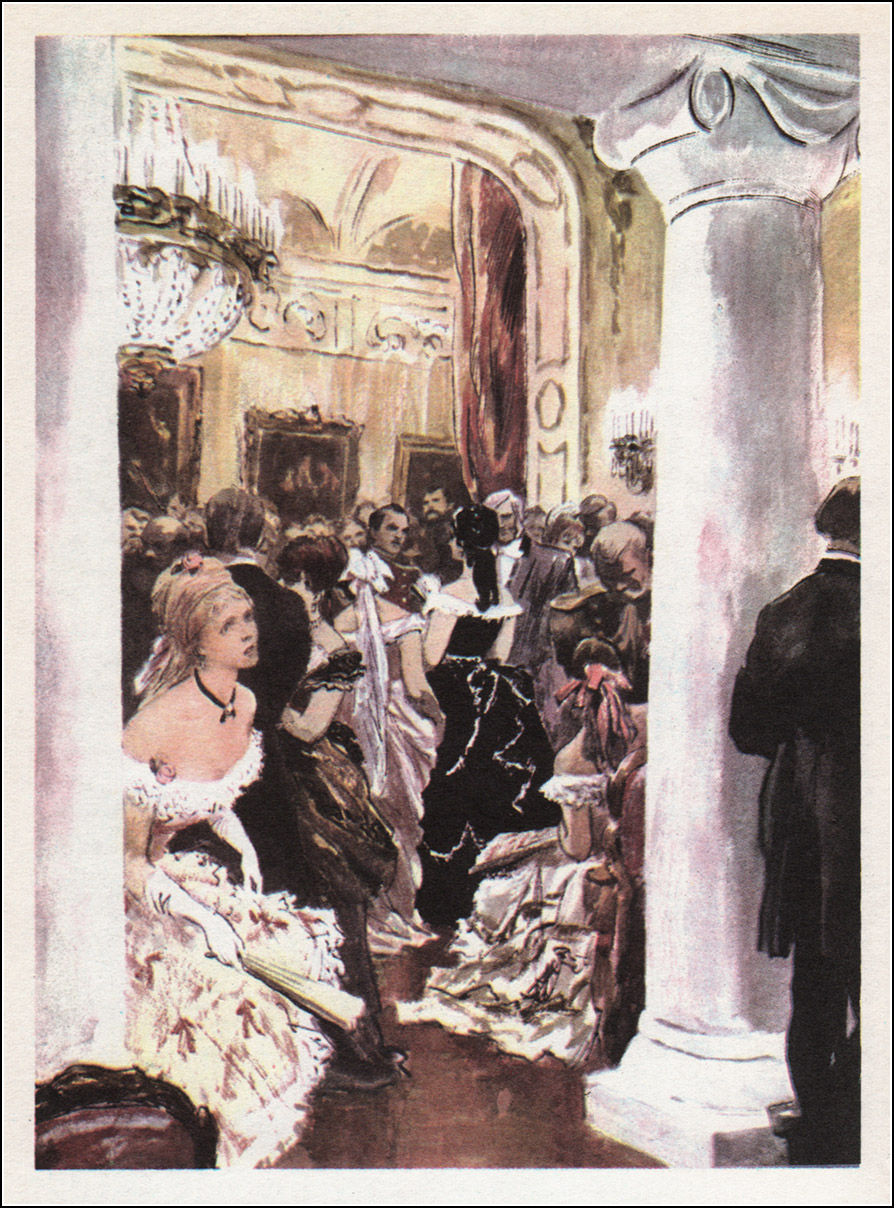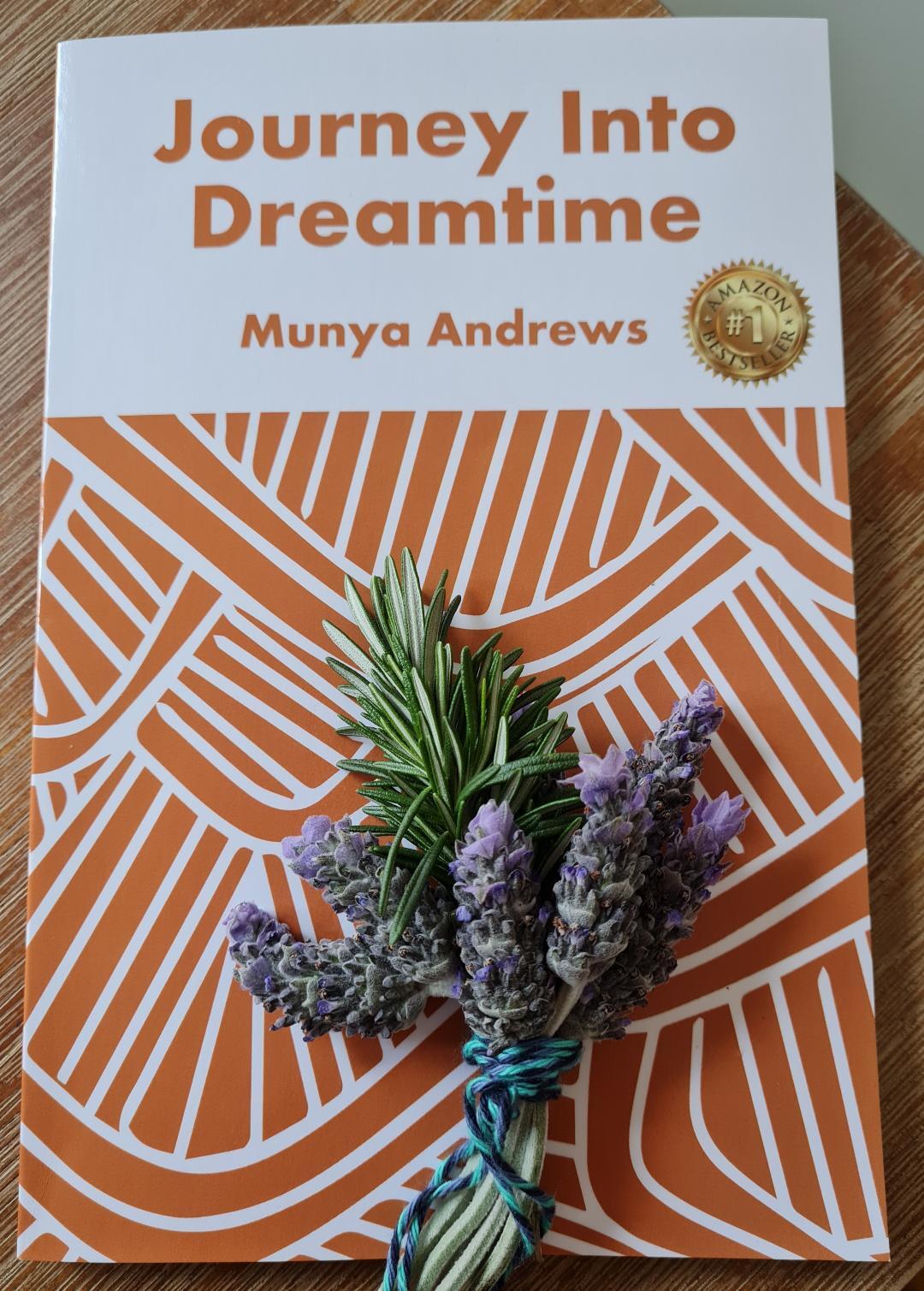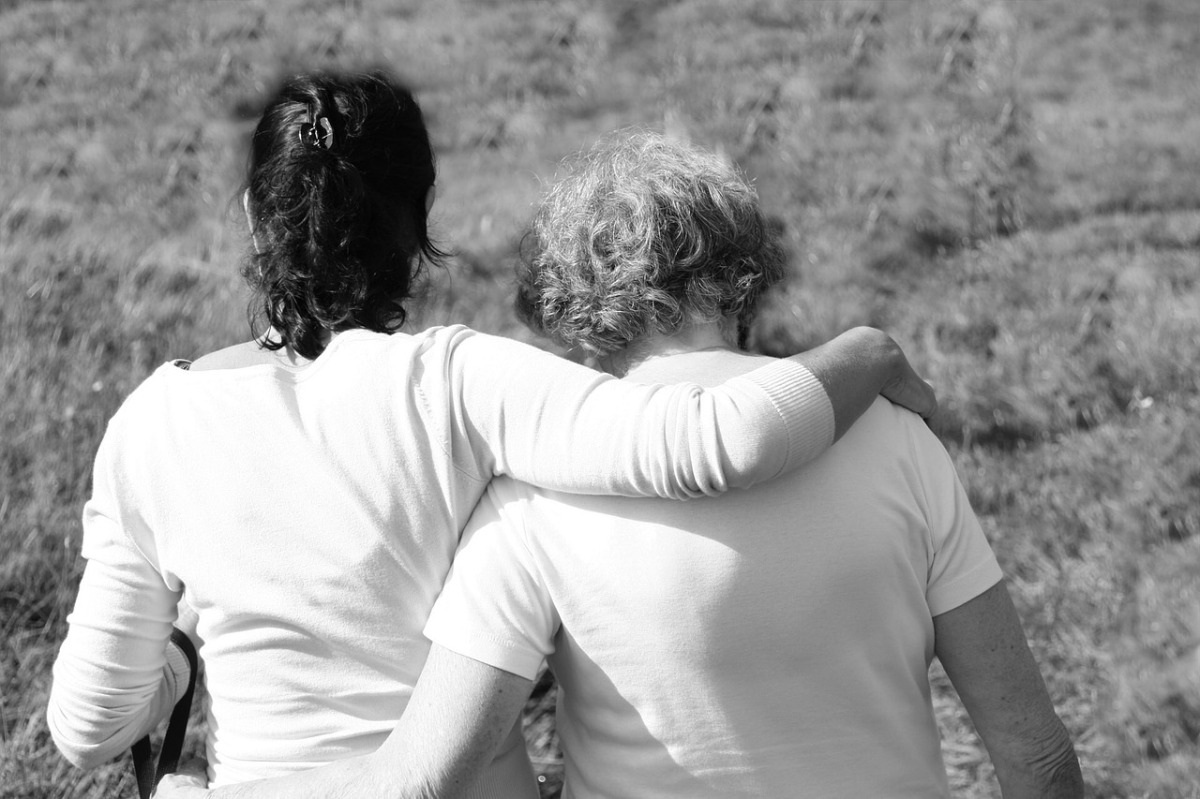Habit 7 recognizes that you are your greatest asset. Thus, it is important to constantly invest in yourself and renew your dimensions- physical, spiritual, mental and emotional. As we work in modern corporations, we get exhausted, overworked and emotionally drained. Unfortunately, many organizations do not invest in their employee wellbeing. In fact, some organizations consider employees as single use cutlery that once used could be simply thrown away.
In the physical dimension we need to make sure that we develop good habits in relation to sleep, diet and exercise. Everyone knows about these dimensions, yet not many people invest in their own health and wellbeing believing that perfect health doesn’t require any effort. Physical exercises should focus on different aspects of activity – endurance, flexibility and strength to preserve your capacity to work, adapt and enjoy.
The spiritual dimension is easy to overlook as it is more subtle. To develop your spiritual dimension, we need to spend time in meditation and prayer. Another way to enhance your spiritual dimension is to spend time in nature. Listen to great music and read great literature.
In terms of mental dimension, it is important to train our brain activity. It is extremely valuable to train the mind to stand apart and examine its own program. Covey suggests that liberal education is the ability to examine the programs of life against larger questions and purposes and other paradigms. Training without such education narrows and closes the mind so that the assumptions underlying the training are never examined. That’s why it is so valuable to read broadly and to expose yourself to great minds. To develop mental dimension, we need to read classical literature and practice writing.
In terms of social and environmental dimension, we need to rethink how we affect other people. We need to affirm the proactive nature of other people and treat them as responsible people. We can help other people by scripting them as principle-centred, value-based, independent and worthwhile individuals.










